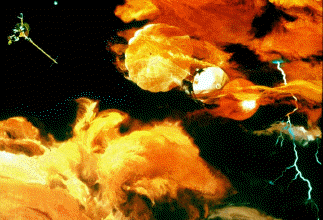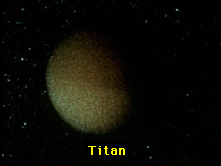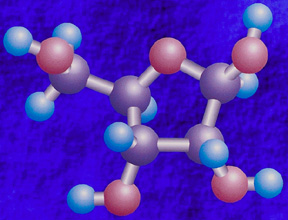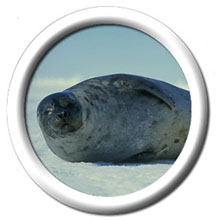Although this seal is almost black in color, some seals are bright white!
Click on image for full size
Windows Original, adapted from Corel Photography
Seals
Seals are carnivorous animals that live partly in the ocean and partly on land. Most seals come on land to mate and to moult (shed their hair). But, seals can live up to 90% of their life in the water. So, they have webbed feet for swimming.
Seals eat fish and squid mostly. They also eat molluscs and zooplankton. Incredibly, seals can also kill and eat penguins and other seals! Unfortunately for seals, sharks, killer whales and polar bears eat seals.
Oil spills can have a direct effect on seal colonies. Toxic chemicals will be taken in by the seals because they have eaten food with toxins in it. These toxins can eventually get into the blood stream weakening the immune system of the seals, making them prone to disease and death. Seals are also often caught in nets! So, humans need to be careful not to disrupt seal populations!
You might also be interested in:

Jupiter's atmospheric environment is one of strong gravity, high pressure, strong winds, from 225 miles per hour to 1000 miles per hour, and cold temperatures of -270 degrees to +32 degrees (freezing temperature).
...more
In July, 1996, it was announced that Dr. David McKay, along with a team of scientists at Johnson Space Center (a division of NASA), had discovered possible fossils of bacteria in an ancient rock from Mars.
...more
Saturn's atmospheric environment is one of strong gravity, high pressure, strong winds, from 225 miles per hour to 1000 miles per hour, and cold temperatures of -270 degrees to +80 degrees. With winds
...more
Titan's atmosphere is a lot like the Earth's, except that it is very cold, from -330 degrees to -290 degrees! Like the Earth, there is a lot of Nitrogen and other complex molecules. There also may be an
...more
Autotrophs are organisms that produce organic compounds from an inorganic source of carbon (carbon dioxide) given a source of energy. If the source of energy is the reactions of inorganic chemical compounds,
...more
In the warm primordial ocean, aggregates of amino acids, proteins, and other hydrocarbons coalesced into a form called *coacervates*. Organic polymers such as amino acids will spontaneously form coacervates
...more
Organisms that are able to make their own food (in the form of sugars) by using the energy of the Sun are called autotrophs, meaning "self-feeders". Photosynthesis is the name of the process through which
...more














